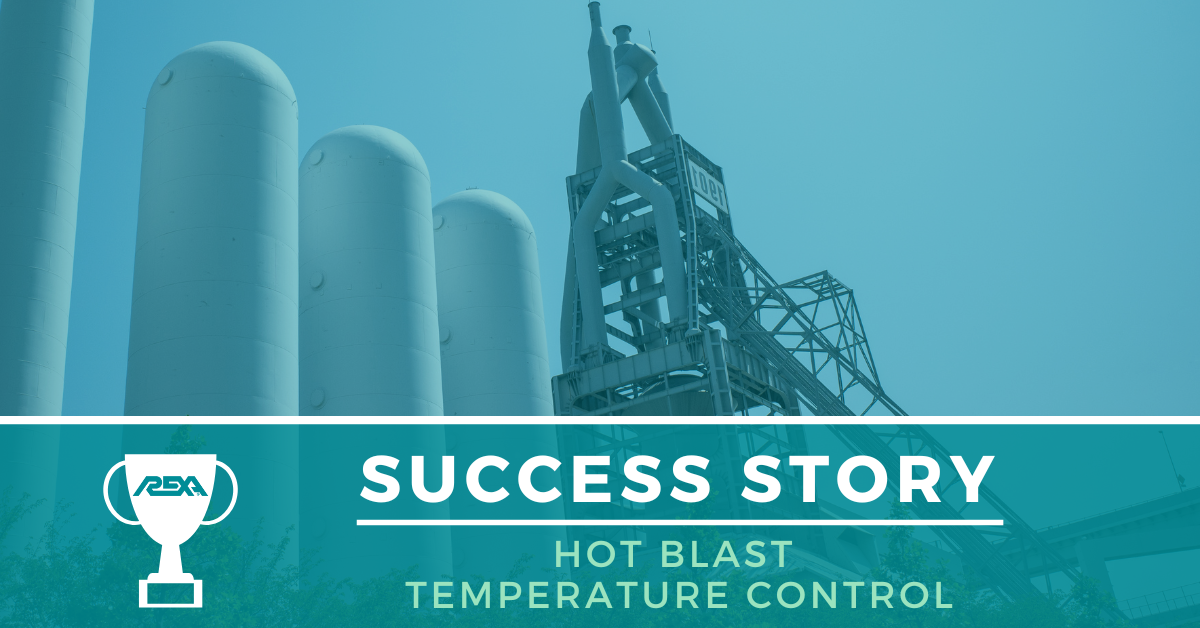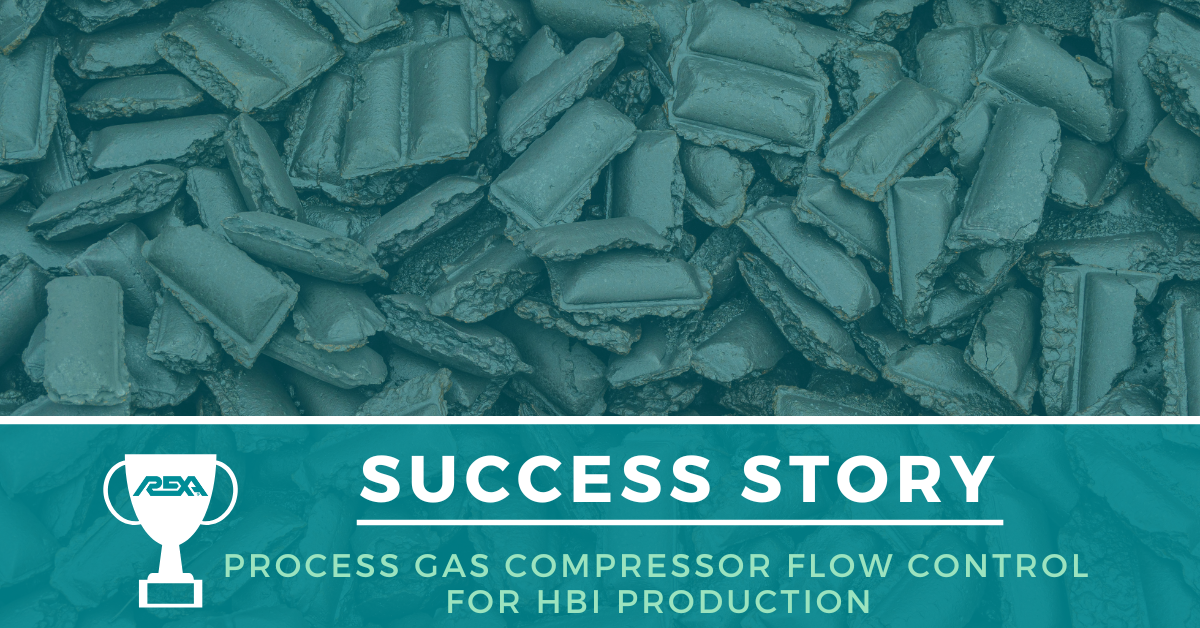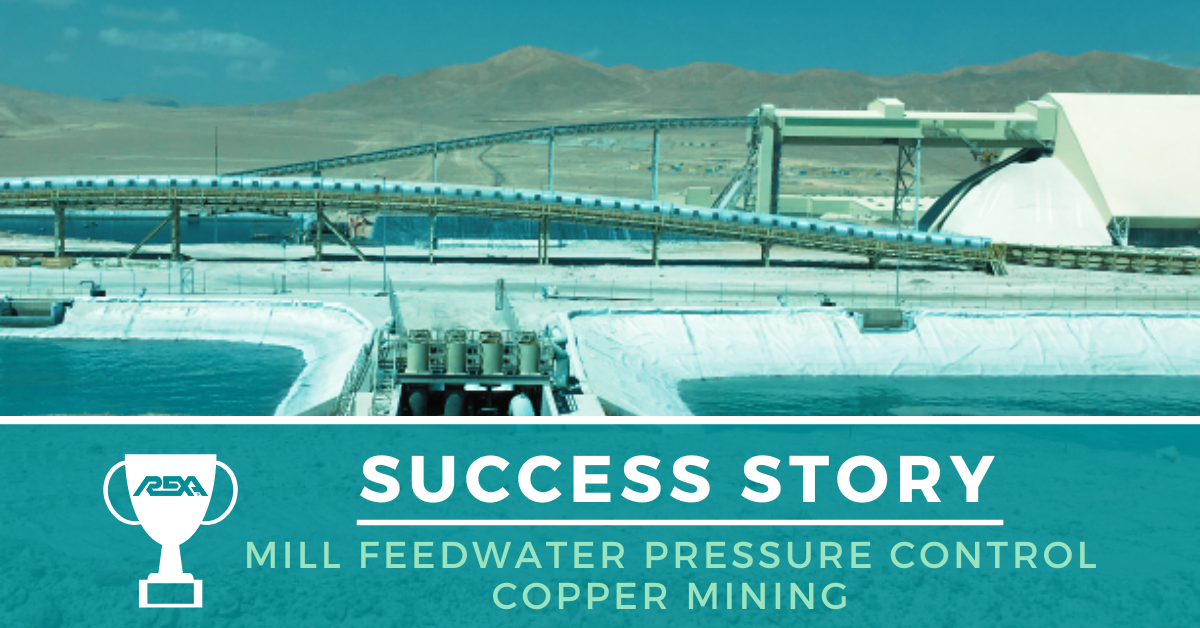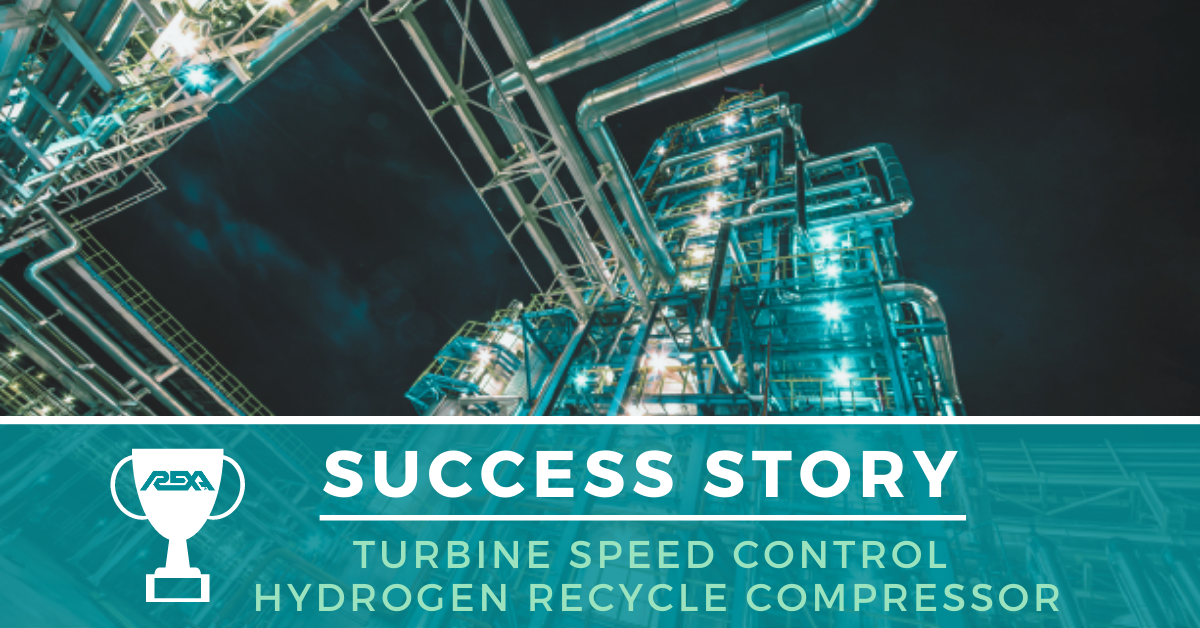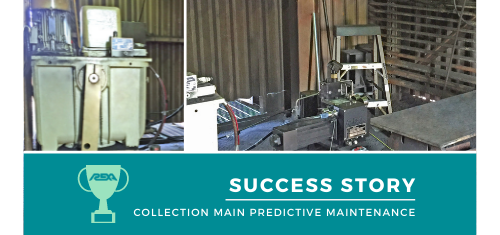A Supercritical Sootblower Success!
A 20-year-old supercritical power plant in South Korea experienced control issues with their sootblower steam pressure reducing valve. The valve was originally equipped with a spring and diaphragm pneumatic actuator. It suffered from common issues associated with pneumatics, such as the compressibility of air and overcoming static friction, which resulted in poor control. Supercritical coal-fired power plants are designed in a more efficient and modern way than conventional plants as they require less coal per megawatt-hour. Since these plants operate above the temperature and pressure at which the liquid and gas phases of water coexist equally, efficiency levels can reach more than 45%. This leads to lower emissions, higher efficiency and lower fuel costs per megawatt than conventional coal-fired plants. Reliable operation of the soot blower is a big part of maintaining that efficiency advantage.
It’s no secret that coal-fired boilers produce ash and soot. Overtime, this ash builds up and must be cleaned off the boiler tubes to ensure efficient heat transfer and prevent damaging hot spots. Although the frequency of sootblower operation may vary from one plant to another, its use and availability is critical. Hot spots fatigue and erode the boiler tubes over time, potentially leading to a costly unplanned shutdown, expensive repairs and lost revenue.
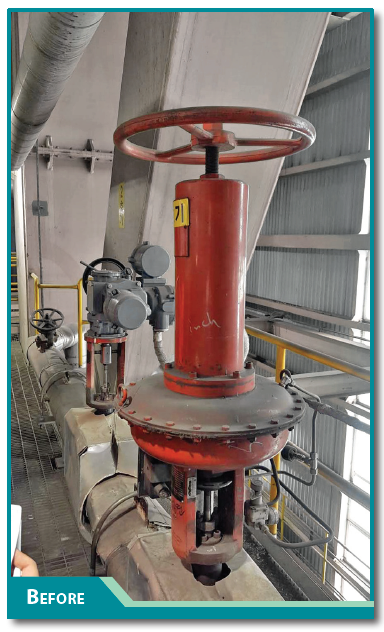
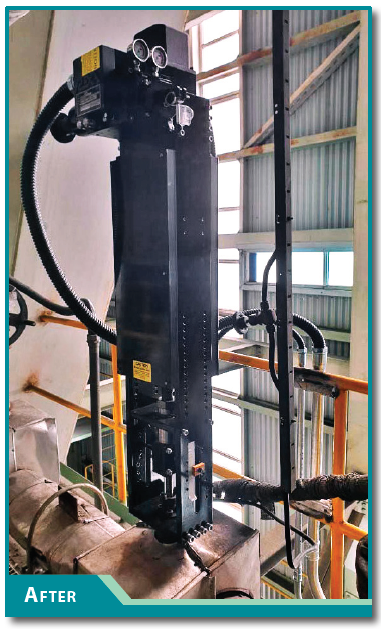
Our team met with plant personnel to review their valve/actuator control issues and recommended an Electraulic™ Actuator solution. We identified the existing actuator and valve model, examined the actuator operation requirements, took mounting dimension measurements and sized a drop-in replacement to perfectly fit the application site. With immediate signal response and fail-safe capability, our actuators are well-suited for efficient sootblower operation. Once installed, plant operators noticed an immediate improvement in the control of the sootblower steam pressure reducing valve!

